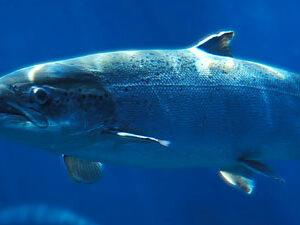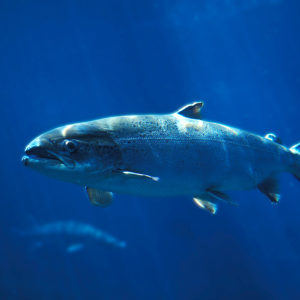<strong>Groups concerned House of Commons Committee Not Supporting its Own Recommendations on Protecting Health of Canadians and Environment</strong>
Three environmental groups, concerned about the failure of the Canadian Environmental Protection Act (CEPA) to reduce emissions of toxic substances to the environment, are urging a Parliamentary committee to support key recommendations from its own 2017 report as it reviews and votes on amendments to the Act, which has not been updated in 20 years.
In 2017 the House of Commons Standing Committee on Environment and Sustainable Development made 87 recommendations for improving CEPA. The same committee is now voting on amendments to the bill. Committee meetings will resume on the morning of Monday, January 30th.
“It will be extremely disappointing if the committee ends up not supporting key recommendations it made just a few short years ago”, says Joe Castrilli, counsel with the Canadian Environmental Law Association (CELA).
Key recommendations from the committee’s 2017 report, the government’s response in 2018, and how the issue is dealt with in Bill S-5 are set out in the Backgrounder to this media release.
CEPA is meant to prevent pollution by toxic chemicals and genetically engineered (GE) organisms. It has not undergone a significant review and modernization in over 20 years.
“There are communities across the country that are struggling and will continue to face the impacts of toxic exposures unless the Committee supports its own recommendations related to hot spots, fixing section 22 of CEPA, and air quality standards, among others”, says Heather Fast, Policy Advocacy Director, Manitoba Eco-Network.
The Act declares that its “primary purpose…is to contribute to sustainable development through pollution prevention”. However, in September 2022 CELA released a report on emissions for the period 2006 to 2020 of cancer-causing agents that are also listed as toxic substances under CEPA. The analysis determined that while air emissions of these cancer-causing agents decreased by millions of kilograms during this 15-year period, on- site disposal and land release of the same chemicals increased by tens of millions of kilograms during the same period.
The result is toxic contamination has simply been shifted from one environmental pathway to another. The groups believe this unsatisfactory state of affairs has been caused by: (1) the failure of the Act to require mandatory preparation of pollution prevention plans for all toxic substances listed in CEPA; (2) the failure to require that safer alternatives to these substances be examined as part of such plans; and (3) an industry-government preference for pollution abatement (i.e., limiting emission concentrations of these substances into the environment) instead of pollution prevention (i.e., eliminating their generation and use in Canadian commerce altogether). The world’s first GE food animal, a genetically engineered Atlantic salmon, now in stores but without a label informing the consumer, is raised in Prince Edward Island. As witnesses told the House committee in 2017, the government permitted production of the GE salmon with no public involvement in the decision.
“Following our testimony in 2017, the Committee made clear recommendations to reduce the risks of genetic engineering to the environment,” observes Mark Butler, Senior Advisor, Nature Canada. “And yet the government’s proposals in Bill S-5 barely touch Part 6 of CEPA, the part that governs GE animals.”
Pollution prevention is a primary pillar under the Declaration of the Act. However, the Bill lacks commitments to require mandatory prevention plans and reduction targets of all toxic substances identified in CEPA that impact the environment and health. Both the Standing Committee and the Government have focused on the need for improvement of evaluating effectiveness of pollution prevention plans.
Bill S-5 also addresses very few concerns or recommendations raised by Indigenous leaders.
The House of Commons Environment Committee finishes debating amendments, the bill will return to the House of Commons for third reading. A wide range of groups have called for more effective measures to be included in Bill S-5.
The attached document provides additional background.
For more information or to arrange an interview, contact:
Joe Castrilli, Counsel, Canadian Environmental Law Association-416-998-9838
Heather Fast, Policy Advocacy Director, Manitoba Eco-Network-204-770-2358
Mark Butler, Senior Advisor, Nature Canada-902-266-5401


